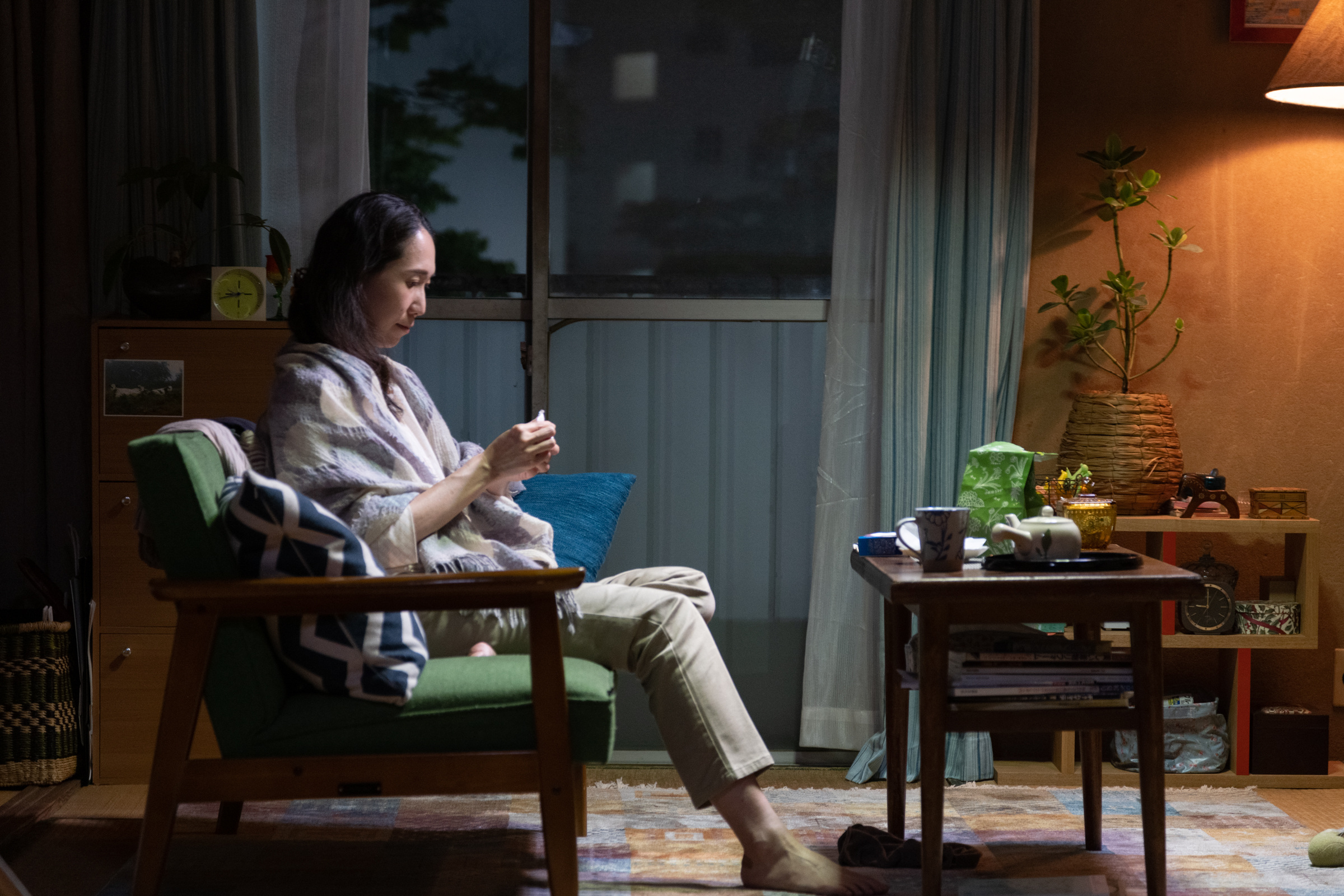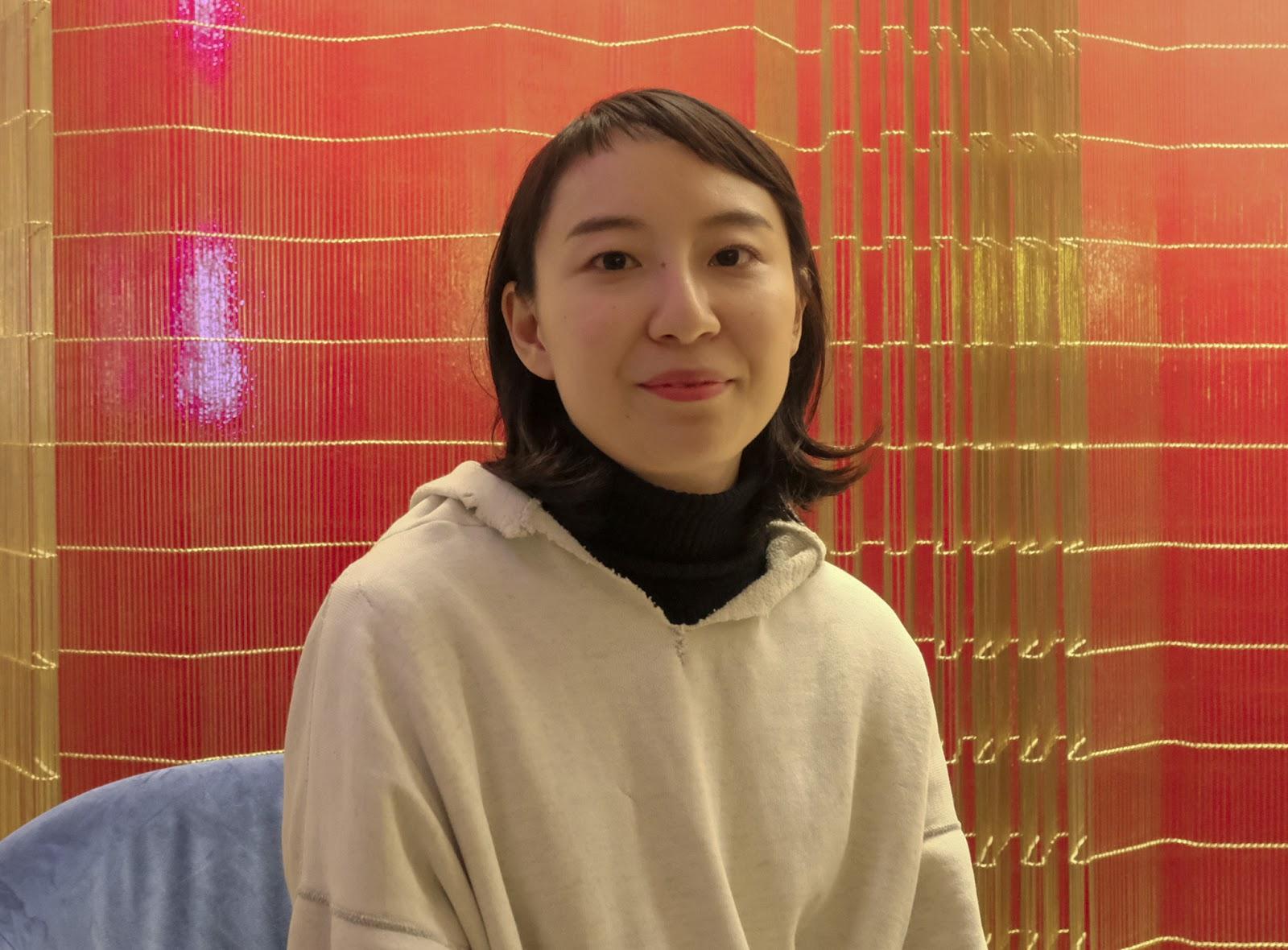
In Conversation with Yui Kiyohara
If there was ever a formula that allows filmmakers to transport audiences into their world, Yui Kiyohara mastered it early in her career.
Her second feature film, Remembering Every Night, is about a day in the lives of three women living in a small residential complex outside of Tokyo. One is recently unemployed, one is a gas meter inspector, and the other a young girl in college. The three are of different ages and lead very different lives, but Ms. Kiyohara weaves them together into one coherent and beautiful story.
We sat down at Berlin’s Delphi Filmpalast with the director to talk about her film. Her answers were kindly translated by Ms. Yuri Kubota.

Indie: Western movies are obsessed with plot, but Japanese filmmakers like yourself have often offered near-perfect cinematic experiences that couldn’t care less about plot.
Yui Kiyohara: Sometimes I enjoy watching those movies but, unfortunately, I don’t think I would be capable of making them.
To me, if a film is predictable, it becomes boring. When I do make a film, I want it to stay with the audience long after the credits roll and I want to have the audience interpret the film themselves, rather than manipulating them into an understanding that I am after.
Almost every age group is represented in your film, but it seems that the older the character, the lonelier they get.
The theme of the film is remembrance and memory. Being old means you have more to remember, because the older you get, the more memories you have. As people age, they tend to live in their memories. It becomes hard to be in the present because you spend your life remembering what happened in the past.
The town portrayed in the film, and more generally Japanese society, is aging. I don’t think age should necessarily mean loneliness. For example, there is an older woman in the film who uses every chance she gets to talk to strangers. I think there is a great deal of loneliness in her life, but I don’t think she should be reduced to it. There is a lot more to her life than being lonely; a lot that is positive, too, and not just negative.
As we get older, some of our memories take a bigger place while some are forgotten. I want to draw a picture of the way memory changes as we switch between living in the past and living in the present.
Nowadays, when we’re feeling awkward or lonely but want to engage with other people, we often hide behind our smartphones, but the characters in the film rarely do this. Was this done on purpose?
It’s true that there isn’t a lot of technology in the film, but I was conscious not to deny it either. For example, when the main character tried to locate an address, she first used her smartphone. But then, she asked other people for directions.
Using your smartphone to solve a problem, or using your actual mind and body, are two completely different experiences. A smartphone is convenient and useful, but what happens when people don’t use it is much more interesting, and it’s the kind of situation I was hoping to capture in the film.
You used wide shots that often captured the characters’ full bodies. Can you talk about this choice?
I wasn’t so much interested in portraying these characters’ loneliness as I was interested in portraying their existence. This is why the wide shots, which capture them with their surroundings, were important.
I also tried to cast characters who are true to their age. For example, the girl who plays a university student is in fact a university student. My hope was that her real life could inspire how she plays the character.
Dance in the film seemed like a way to forget problems and connect with other people. What was your intention behind the dance scenes?
The dancing scene was a portrayal of how we respond to death. For instance, the two girls talking about their late friend are thinking of him when they start to dance. Moving their body is something of a vision of death. They dance to find themselves within grief, and to deal with the memory of loss.